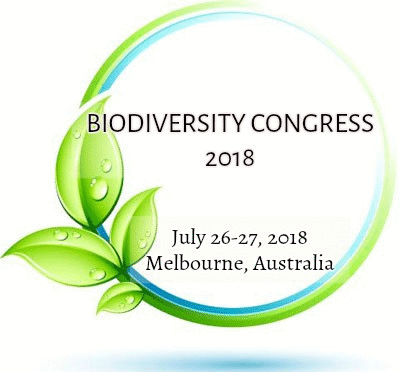
Pedro Nahoum
Botonica POP Ltd, Brazil
Title: Modeling the oasis of the future - intercropping of cam metabolism agricultural varieties for food security in poor soils and semi-arid climates
Biography
Biography: Pedro Nahoum
Abstract
With the world climate change, the increase of semi-arid areas and desertification, the degradation of arable land, the instability of rainfall regimes and the reduction of available water for agriculture, new models of sustainable agricultural production are needed. The innovation of the present proposal consists in the use of CAM metabolism – the most efficient pathway to convert water in biomass - in polyculture of plant species and cultivars to (1) generate biomass to (a) increase soil organic matter, (b) produce sustainable energy and (c) be used as forage for domestic animals feeding; (2) the production of higher added value vegetable products than agricultural commodities, which can also be processed on farm, such as fruits, medicinal plants, ornamental plants and natural fibers. Recent technologies such as automation, big data, artificial intelligence (AI), nanotechnology and applied genomics are generating a future picture of increasing unemployment and distances between social classes inserted and not inserted in the digital world. Monoculture and synthetic agricultural cultivars will tend to decrease the use of labor in the countryside, while diversified systems of polyculture, integrating cultivars obtained through classical improvement, traditional cultivars and wild species, under incipient domestication or not, with low-impact intensive livestock (such as bees, chickens and sheep) can serve as a model for the generation of employment and income in public or private rural properties of all size scales. The objective is to create intercropping models of CAM metabolism cultivars of Bromeliaceae (Ananas comosus (L.) Merril) and Cactaceae (Cereus jamacaru De Candolle), suitable for semi-arid climates, with low availability of water and oligotrophic soils, with the use of organic fertilizers through the technology of drip irrigation and biodegradable mulching, with the biomass productivity analysis of the arboreal forage cultivar (C. jamacaru) and the herbaceous fruit and forage cultivar (A. comosus). It is emphasized that precision agriculture and the use of flying robots (still called drones), as well as the input of data and images through smart phones, were desirable as they can be an accessible, low cost and practical way of inserting rural workers in the field of current technologies.

